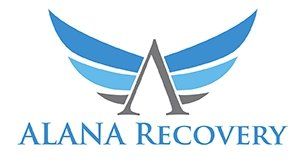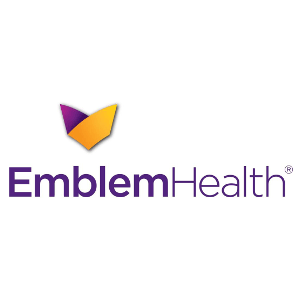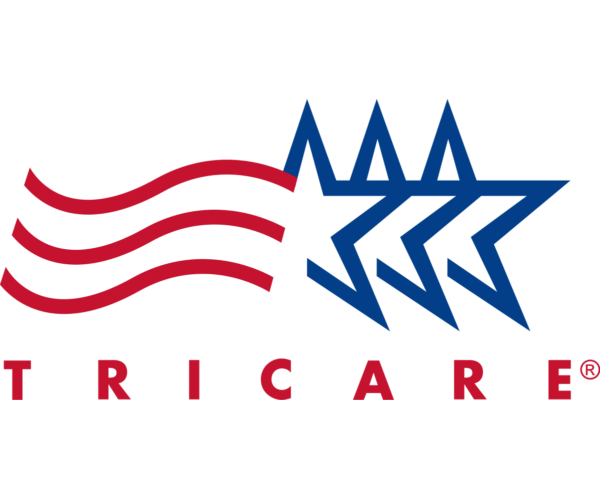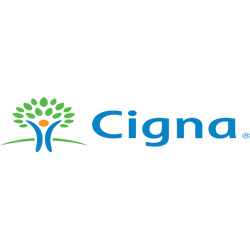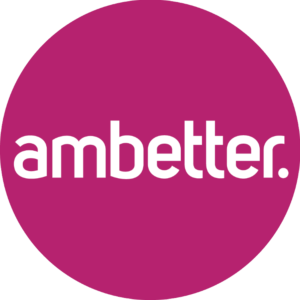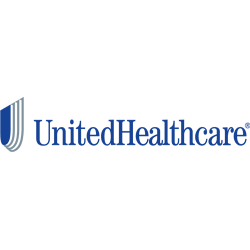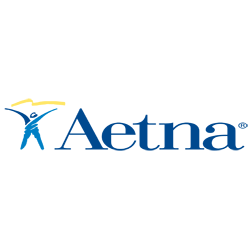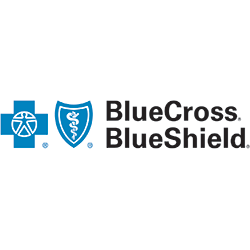Admissions Process
Admissions
Process
1. Personalized Consultation with Client & Family
From the first call, our highly trained admissions team starts the process of gathering information, asking questions, consulting, answering questions, and explaining the different levels of care offered to help treat the addiction. It is important to find out the client’s use and treatment history. Whenever possible, we speak with the client’s therapist/case manager from referring facilities. We can also assist in planning interventions with the family for clients who are treatment resistant.
2. Verification of Benefits (VOB)
This includes the name, date of birth, insurance type, policy number, and subscriber information (if not the client). We contact the insurance company directly for live verification, also verifying payor status with our electronic system. Our system allows us to run VOBs days, nights, weekends and holidays so there will not be a delay.
3. Pre-Admission Phone Assessment (PAA)
This is a brief questionnaire of what’s going on with the client, finding out symptoms the client might be experiencing, determining level of trauma/abuse/withdrawal symptoms. This is an overall initial assessment; we do not want to get details on any trauma over the phone. We just want to get enough honest information to determine the correct level of care. We also perform a Covid precaution questionnaire.
4. Clinical Review and Appropriate Determination of Level of Care
Our licensed clinical director and medical doctor determine the correct level of care – whether that is with us or a higher/lower level of care. We actually refer 75% of our calls to other facilities because our philosophy is that the client’s needs are the most important thing. We determine if the client is in need of medical detox or medical clearance by his PCP.
5. Pre-Authorization
Some insurance policies require a Pre-Auth before starting the program, but most do not. Our Clinical team sends in the PAA to get authorization for our program. They usually authorize 8-12 weeks after all reviews are done but that is determined by Licensed Therapist or Medical Doctors from the Insurance company.
6. Bio-Psychosocial Assessment
The biopsychosocial includes three components: Social, Psychological, and Biological factors. We focus on these aspects to gather data and via face-to-face interviews and patient questionnaires. This helps us determine what the clients individualized treatment plan consists of.
7. Individualized Treatment Plan
This will happen when the client gets assigned their individual therapist. They go over an initial treatment plan, individual treatment plan, and follow up treatment plans the entire time client is in our facility. We also begin any successful discharge planning and aftercare planning from time the client enters the building. Planting the seed to successful recovery.
8. Treatment Begins
Treatment consists of several different components, our whole program is designed around group therapy while paired with individual therapy. Two of the main group modalities we focus on is Process and psych ed. Process is facilitated by a Master’s level clinician. Psych Ed is directed by our Education Coordinator who has a Master’s Degree in Education. We use several different approaches that consist of CBT, DBT, Experiential therapy, trauma work, music therapy, motivational therapy. We also do family therapy. All clients are able to see our Nurse Practitioner for medication management.
Drug and Alcohol Addiction: The Negative Effects on You, Your Family, and Your Community
Addiction is a persisting issue in America. At least 21 million Americans suffer from some kind of addiction, whether it’s due to drugs or alcoholism. An even more pressing concern is the fact only 10% of this number seeks treatment.
Proper treatment is necessary to prevent the harmful behavior that addiction of all sorts brings. Untreated addictions can deteriorate one’s body, destroy friendships, end careers, and ruin lives. Here’s a closer look at addiction’s negative impacts.
How Addiction Affects You
Addiction is a mental disorder. This behavior forces an addicted person to continue doing a certain activity or become dependent on a substance. Whether it’s an activity like gambling or a substance like liquor, addiction boils down to an imbalance in a person’s sense of reward and motivation.
For drug and alcohol addiction, continuing to use such substances to the point of abuse is harmful to your physical health. Injecting drugs into your system carries a high risk of spreading diseases like hepatitis C and HIV.
Meanwhile, alcohol abuse impairs your senses, weakens muscle coordination, and affects judgment. These effects may put you at greater risk of accidents, especially when driving. In 2017, 21.4 million Americans committed a DUI (driving under the influence) of alcohol.
People die every day because of addiction. About 130 Americans die daily from opioid abuse, and 30 Americans die every day from an alcohol-related car accident. All these deaths are preventable.
How Addiction Affects Your Loved Ones
Addiction’s devastating effects on a user equally affect the people around them. If you abuse any substance to the point of addiction, the people in your immediate circle will notice the changes in your behavior. Whether it’s a spouse, partner, parents, or children, witnessing your addictive behavior is enough to cause them emotional damage.
Regardless of the substance a person abuses, communication becomes difficult between the addicted person and their loved one. Lack of communication between two people is frustrating, which will strain any relationship. Mood swings are other side effects of addiction. Mood swings can turn violent, causing unintentional harm to a loved one.
For children exposed to addicted parents, psychological studies show that children tend to develop substance abuse disorders when they grow up witnessing an addicted adult. Besides passing down such behaviors, children exposed to an addicted parent’s drug-induced mood swings may get traumatized at an early age.
How Addiction Affects Your Community
Addiction and substance abuse also have devastating economic and social implications. The current estimated costs of substance abuse in America are $740 billion. The National Institute on Drug Abuse bases their overall annual estimated costs on healthcare services, lost work productivity, and crime.
In 2010, tobacco abuse had a total estimated cost of $300 billion. In the same year, alcohol abuse cost $249 billion. Illicit drugs cost $193 billion based on 2007 data. Meanwhile, prescription opioid addiction cost $78.5 billion in 2013. America could otherwise redistribute these amounts to more productive resources.
Besides financial impact, addiction tends to contribute to crime rates and violence. Existing data per the Bureau of Justice Statistics says that 17% of state prisoners and 18% of federal inmates committed drug-related crimes in America.
Insurance Verification
We'll check the coverage offered by your insurance provider.
You may receive treatment at one of our facilities at a reduced rate.
*= Required Field
Thank you for contacting ALANA Recovery Center.
Check your email inbox for important information regarding our programs.
Please try again later.
Talk With a Provider Today!
Talk With a Provider Today!
Fighting addiction alone is an almost impossible task. Don't do this alone, call us today to start your road to recovery.

